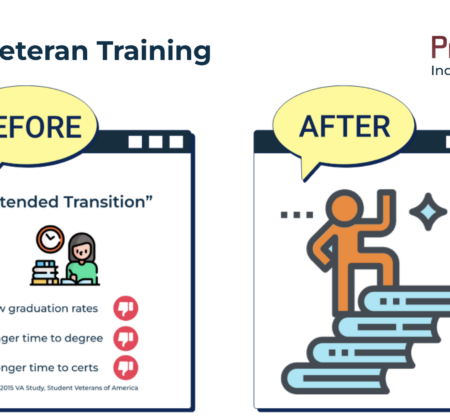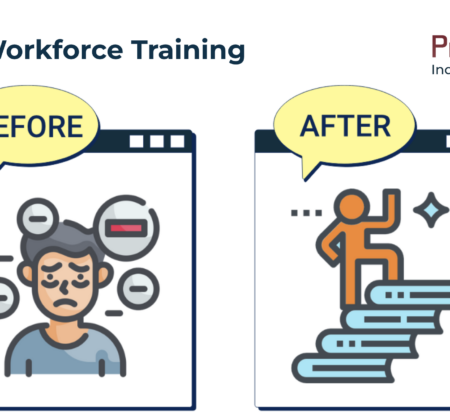Within higher education, military and veteran engagement teams play a pivotal role in ensuring that student-veterans integrate successfully into campus life, achieve their academic goals, and prepare for post-military careers. These teams, often staffed by veterans deeply invested in the success of their peers, provide essential support to help student-veterans navigate the complexities of transitioning to civilian and academic life.
From an institutional perspective, these engagement teams primarily focus on managing GI Bill funding and ensuring compliance with its regulations. This work is crucial for higher education institutions, as GI Bill funding represents a significant revenue stream. However, the focus on compliance often limits these teams’ capacity to provide robust support services beyond the administrative tasks.
Despite their best efforts, military and veteran engagement teams face significant challenges in addressing the unique needs of student-veterans. According to various studies, many student-veterans struggle to persist past their first year of college. This high attrition rate represents a loss for all stakeholders: the student-veteran misses out on earning a degree to enhance their career prospects, the institution forfeits anticipated revenue from the remaining years of study, and taxpayers do not see the intended return on their investment in the GI Bill program.
Root Causes of Student-Veteran Attrition
The high dropout rates among student-veterans can often be traced back to the insufficient preparation they receive during their military transition. The current Transition Assistance Program (TAP), designed to help service members transition to civilian life, is outdated and misaligned with the realities of the private sector and higher education. Stakeholders frequently deliver overly optimistic messages, telling service members:
- They’ll be highly sought after by companies.
- Their military training has fully prepared them for civilian careers.
- They’ll quickly secure high-paying jobs.
These messages can leave service members with a false sense of readiness for civilian life. Without a clear understanding of the significant differences between military and civilian environments, many transitioning service members turn to higher education as a way to “figure out their transition.” This phenomenon, recently labeled as “extended transition,” reflects the tendency of veterans to use college as a bridge to civilian life without a defined plan for how their education aligns with long-term career goals.
Limitations of “Big U” Career Services
Even for student-veterans who persist through their first year and ultimately graduate, challenges persist. Student-veterans typically comprise less than 10% of the overall student population at most institutions. Given the limited capacity of military and veteran engagement teams, which often focus on GI Bill processing, these teams must rely on general university (“Big U”) career services to support student-veterans’ career preparation.
However, general career services are often ill-equipped to address the unique needs of student-veterans. The military and private sector environments differ significantly, and without targeted training, student-veterans may approach their education and job search with a military mindset. This can create misalignment with employer expectations in the civilian workforce, as student-veterans often retain military decision-making and communication styles that don’t easily translate to private-sector contexts.
The Need for Student-Veteran-Specific Training
While military and veteran engagement teams work tirelessly to support student-veterans, their focus on administrative duties limits their ability to tackle the broader challenges of student-veteran success. To bridge this gap, institutions need to implement student-veteran-specific training programs that address the fundamental differences between military and civilian environments.
Such training would focus on helping student-veterans:
- Understand the expectations and norms of the private sector.
- Develop new decision-making and communication skills tailored to civilian careers.
- Align their educational goals with clear career objectives to maximize the value of their degrees.
By equipping student-veterans with these tools, institutions can improve their academic persistence, reduce dropout rates, and better prepare them for meaningful employment after graduation. This approach not only benefits the student-veterans themselves but also enhances institutional outcomes and ensures taxpayers see a return on their investment in the GI Bill.
Military and veteran engagement teams have a critical role to play, but their impact will be amplified when paired with targeted training programs that address the unique challenges faced by student-veterans. By prioritizing these efforts, higher education institutions can help student-veterans thrive in their academic and professional journeys.




